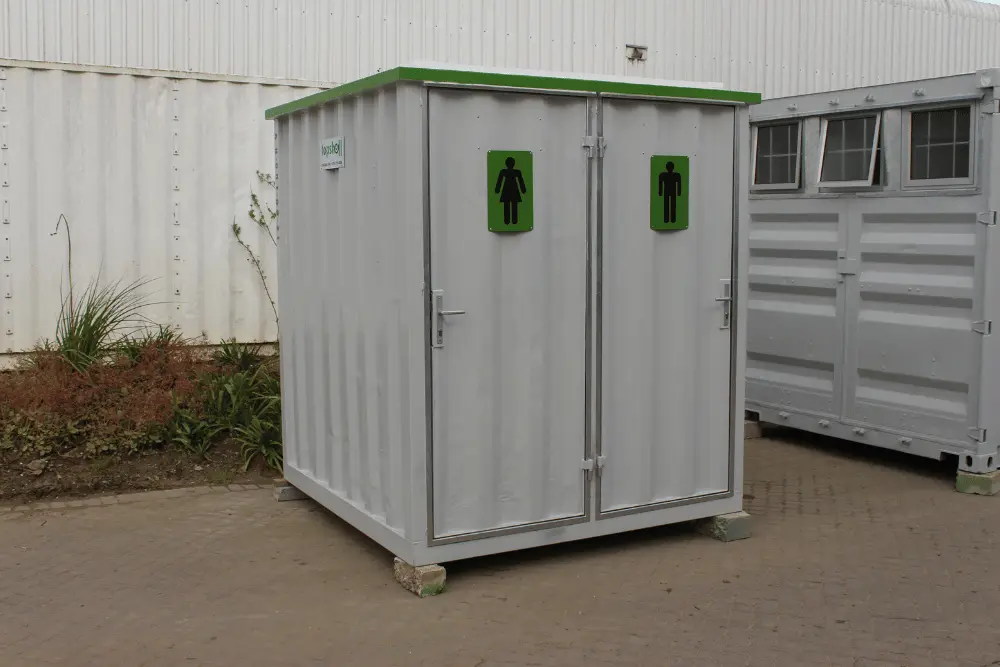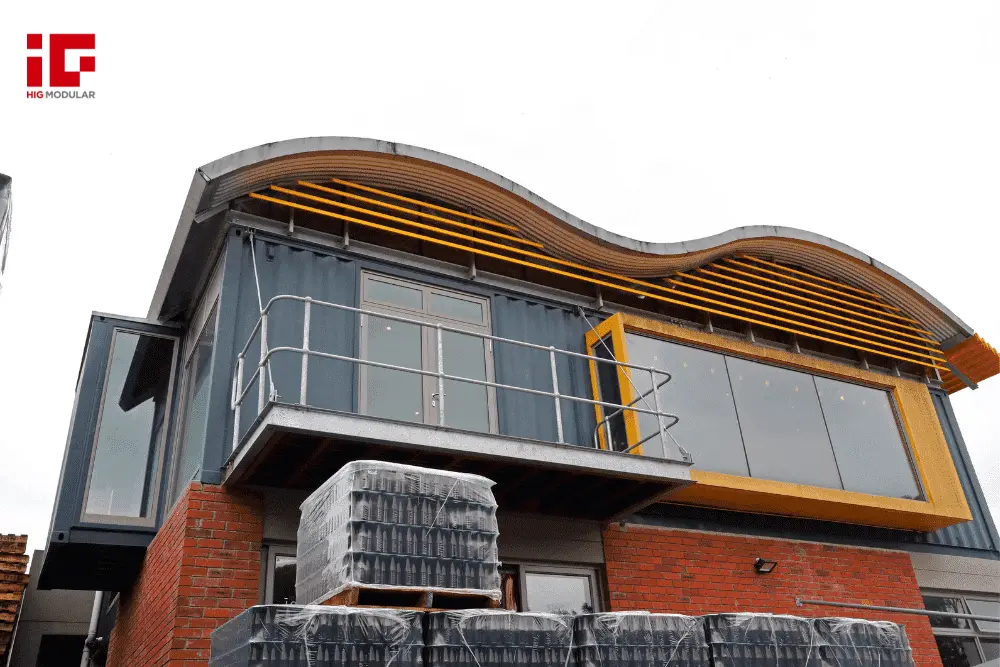News Categories
Featured News
0102030405
Container Hospitals Transform Healthcare Access in Underserved Regions
2025-08-05
In the global push for equitable healthcare, an unlikely hero has emerged from the shipping industry: Container Hospitals. These repurposed steel units are revolutionizing medical delivery in regions like sub-Saharan Africa, where infrastructure gaps and funding shortages have long stifled progress. By combining speed, affordability, and adaptability, container hospitals are bridging critical gaps in emergency care, chronic disease management, and disaster response—proving that innovation can begin with a recycled shipping container.
Speed: A Lifesaving Edge in Crises
When every second counts, container hospitals deliver. Unlike traditional hospitals, which can take years to construct, prefabricated container units deploy in 24–48 hours. This rapid response is game-changing for combating outbreaks like Ebola, malaria, or COVID-19, where delays in treatment cost lives.
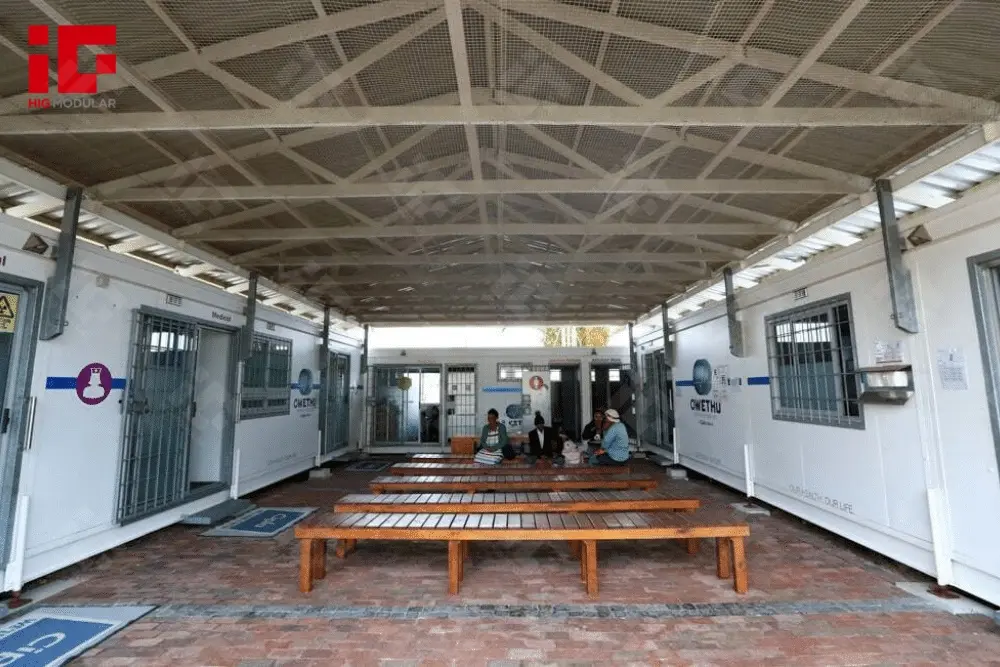
During a 2023 meningitis outbreak in rural Mali, local clinics were overwhelmed. Within 72 hours, an NGO installed a container hospital with 10 isolation rooms, a lab, and a pharmacy. “We didn’t have time for concrete foundations,” said Dr. Amina Diop, a local physician. “The containers arrived fully equipped—beds, oxygen tanks, even solar-powered vaccine refrigerators. They turned chaos into control.”
Cost-Effective Care for Resource-Scarce Settings
Building a permanent hospital in remote areas can cost millions, but container hospitals cut expenses by 30–50%. Their modular design minimizes waste, and standardized units reduce transport costs (containers fit easily on trucks or ships). For cash-strapped governments and NGOs, this affordability means scaling care without financial collapse.
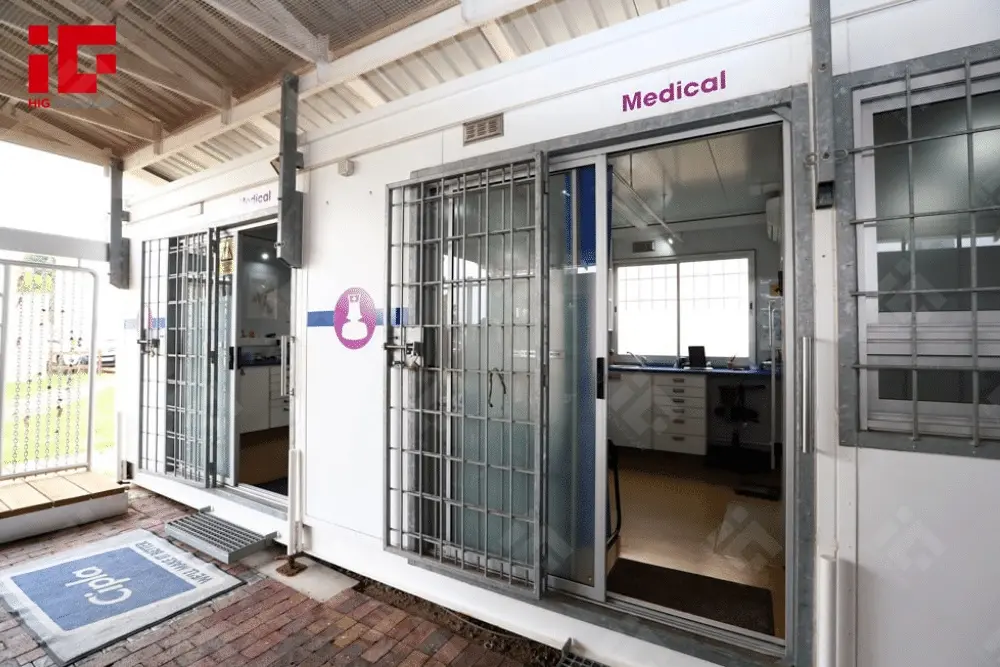
In Kenya, the Ministry of Health partnered with a Dutch firm to launch “Container Clinics”—primary care centers costing just $50,000 (a quarter of traditional clinic costs). These units now provide maternal care, HIV treatment, and telemedicine in 20 rural communities, proving low cost doesn’t mean low quality.
Modular Flexibility: Customized for Any Need
A container’s true power lies in its adaptability. With modular interiors, one unit becomes a consultation room, surgical suite, or isolation ward. Stack units, and you get a multi-story hospital with labs, pharmacies, and waiting areas—all linked by prefab corridors.
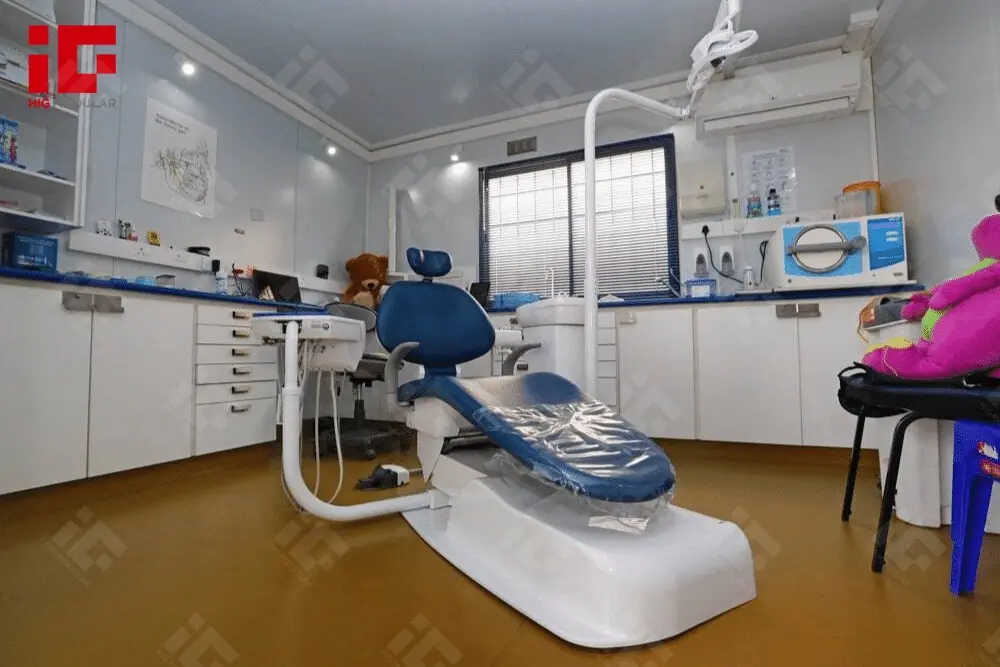
In South Sudan, where conflict destroyed infrastructure, a mobile container hospital serves as a “medical Swiss Army knife.” One week, it’s a trauma center for war victims; the next, a vaccination hub for nomadic communities. “We dismantle and relocate the entire facility in days,” explains coordinator James Okello. “It’s healthcare that moves with people.”
Sustainability: Healing People and the Planet
Container hospitals aren’t just good for communities—they’re eco-friendly. Repurposing one container saves 1.5 tons of steel from landfills, slashing emissions from new construction. Many projects go further: integrating solar panels, rainwater harvesting, and energy-efficient insulation to reduce reliance on fragile grids.
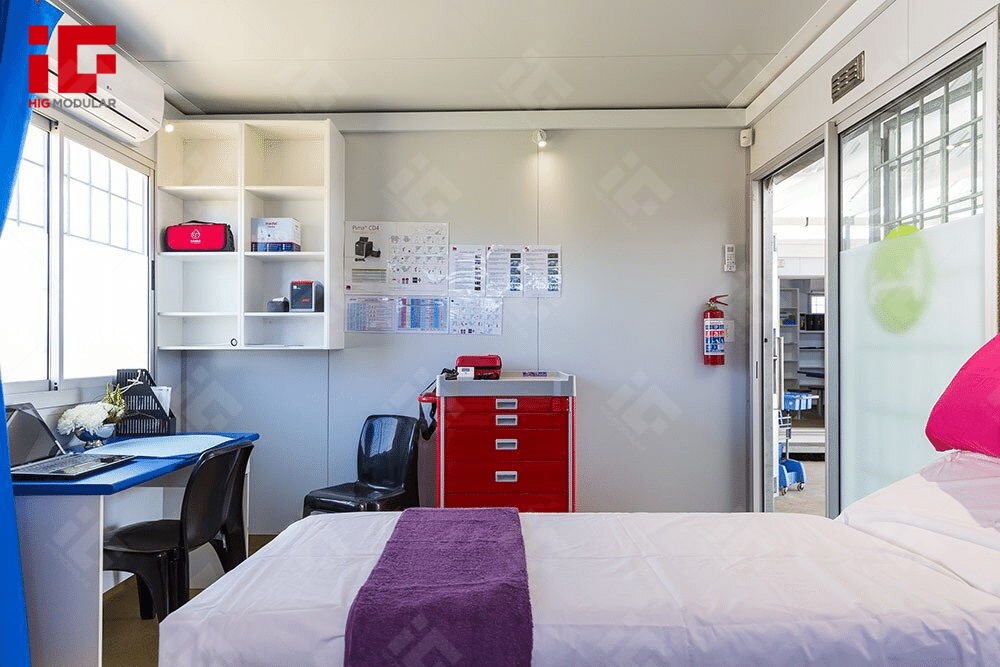
In Ethiopia’s drought-prone Somali Region, a container hospital uses solar refrigerators for vaccines and rainwater filtration for clean water. “We’re not just treating patients,” says engineer Liya Tadesse. “We’re showing sustainable design can support public health long-term.”
Challenges and Future Innovation
While container hospitals offer breakthroughs, challenges remain. Harsh climates (desert heat, tropical rains) demand robust insulation, and regulatory hurdles can delay deployments. But innovations like climate-controlled units and pre-approved codes are solving these issues.

The World Health Organization (WHO) is exploring “container health hubs”—self-sufficient units with AI diagnostics and drone deliveries—to reach remote areas. As one UN official noted: “Container hospitals prove simple tools can revolutionize healthcare when reimagined.”







